[LUM#14] On the trail of Caribbean rodents
700 kilograms of soil to sift through and examine 5 grams at a time. That is the scale of the task Pierre-Olivier Antoine and his fellow paleontologists have set themselves on the island of Puerto Rico. It is a meticulous task with an ambitious goal: to understand how the first land mammals arrived on the Caribbean islands.
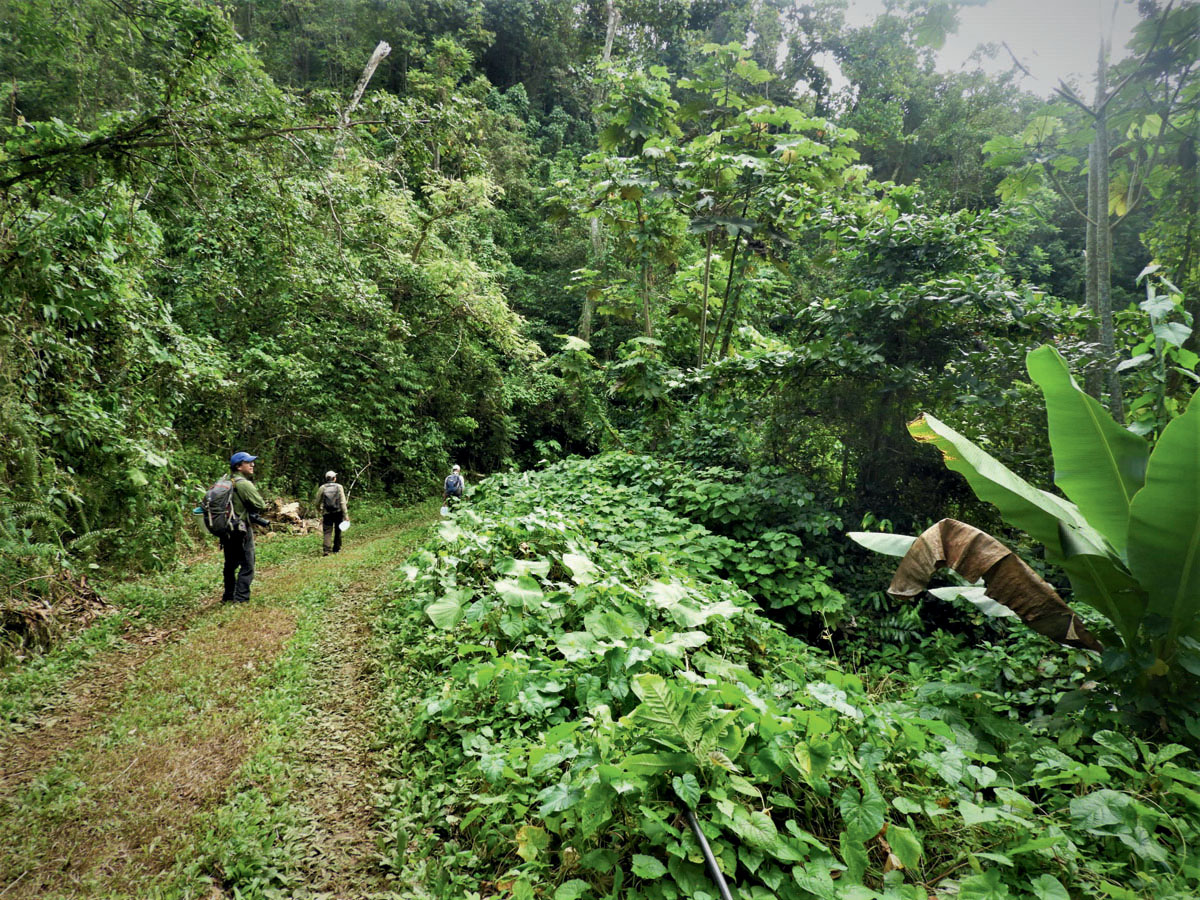
"This question is one of the most challenging mysteries in natural sciences today," emphasizes the paleontologist fromthe Institute of Evolutionary Sciences in Montpellier (ISEM*). One mystery hides another: how were these islands formed from a geological point of view? "We have already defined the broad outlines, but the contribution of paleontology allows us to refine the scenarios, " explains Philippe Münch, from the Montpellier Geosciences Laboratory**.
Accompanied by paleontologist Laurent Marivaux (CNRS) fromISEM, the two Professors assembled an international team in Puerto Rico in February 2019, where a fossilized rodent incisor, dating back approximately 30 million years, had already been unearthed in the early 2010s. Although not very informative, this small tooth revealed the indisputable presence of these animals in the Greater Antilles at that very distant time... But what type of rodent?
The answer appeared in the sieves: armed with patience, the scientists were lucky enough to discover three other teeth, molars, also dating back 30 million years. So rodents were indeed present in those distant times, but where did they come from? Probably from the South American continent. "These are the oldest rodents known to have lived on the Caribbean islands, and they are close extinct cousins of a strictly South American group, the one that includes chinchillas, " explains Laurent Marivaux.
This is valuable evidence for geologists. If these small creatures were able to make the journey, it means there must have been a passageway. "This indicates that at that time, there was a more or less continuous land route between the mainland and the islands, or perhaps a myriad of smaller islands that would have allowed them to reach Puerto Rico and the rest of the Greater Antilles," explains Philippe Münch. The team of geologists is therefore actively searching the islands and the Caribbean seabed for clues to the existence of these ancient islands that have now disappeared. And paleontologists continue to investigate the question. "Puerto Rican rodents have not revealed all their secrets, " says Pierre-Olivier Antoine.
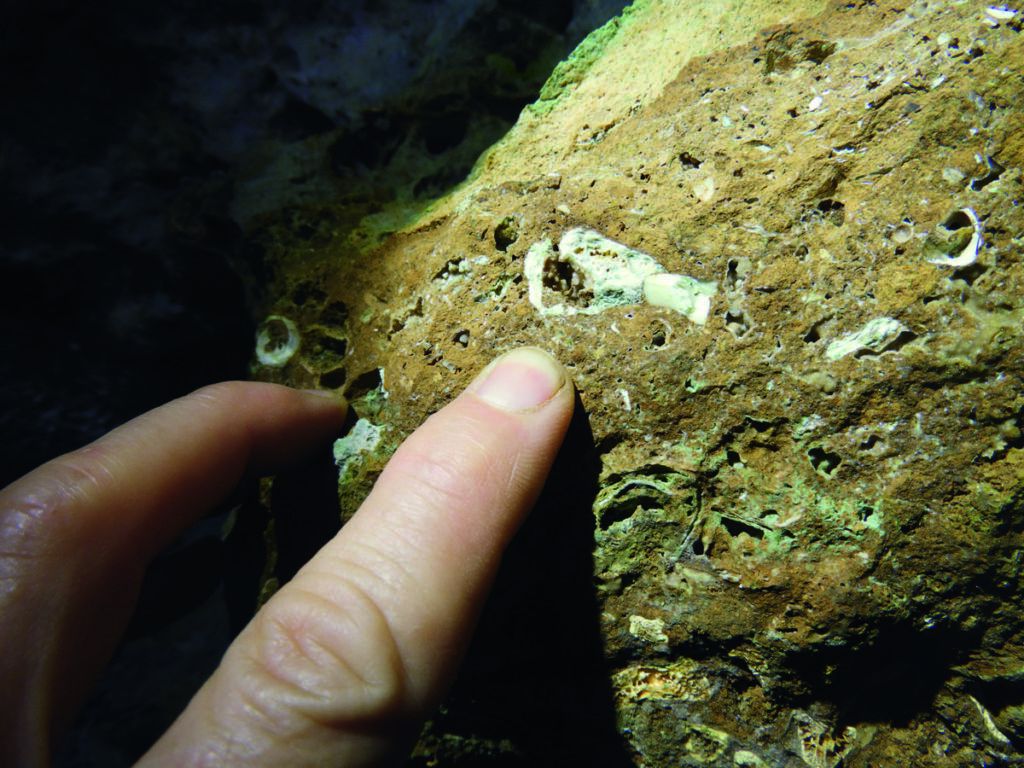
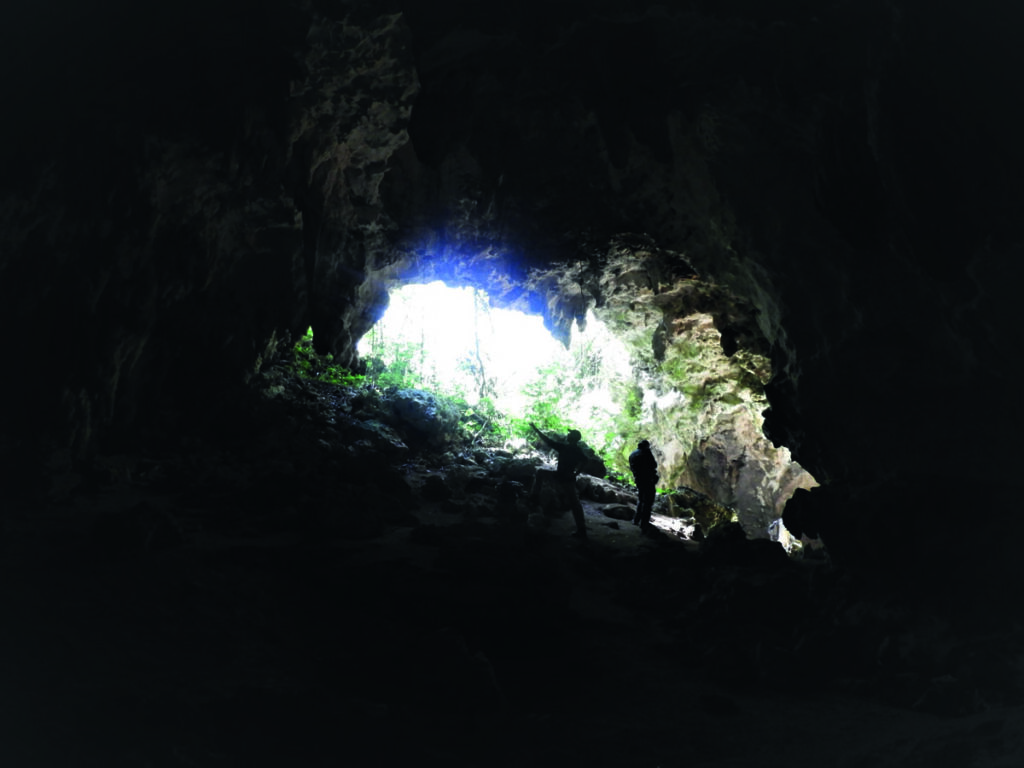
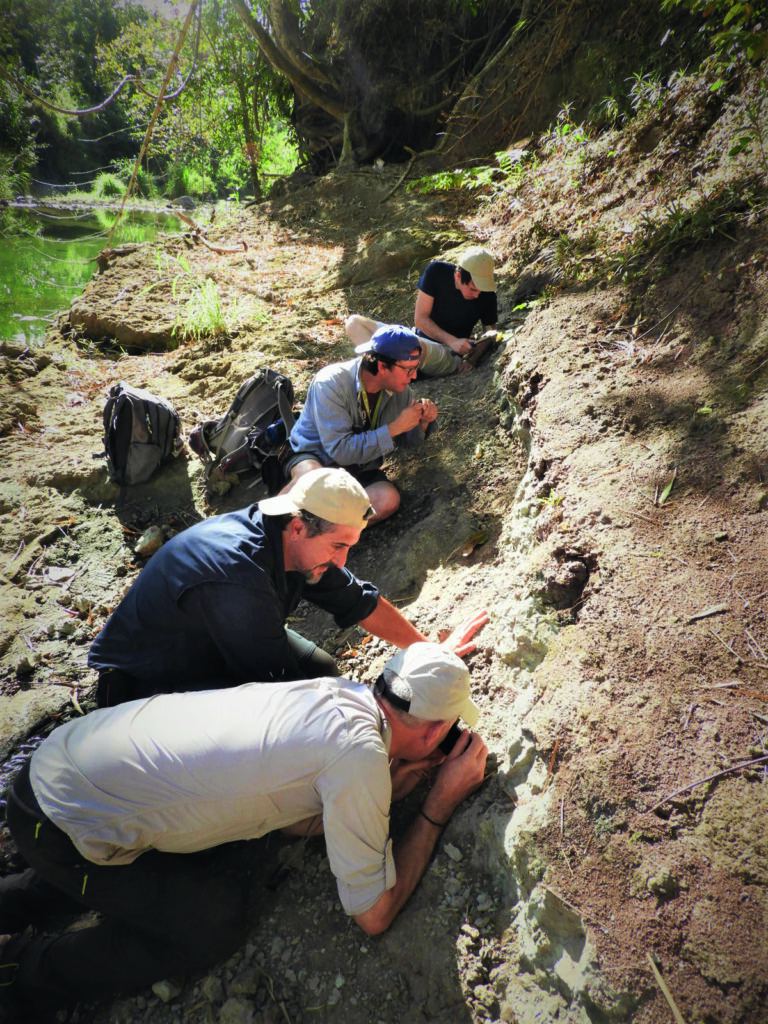
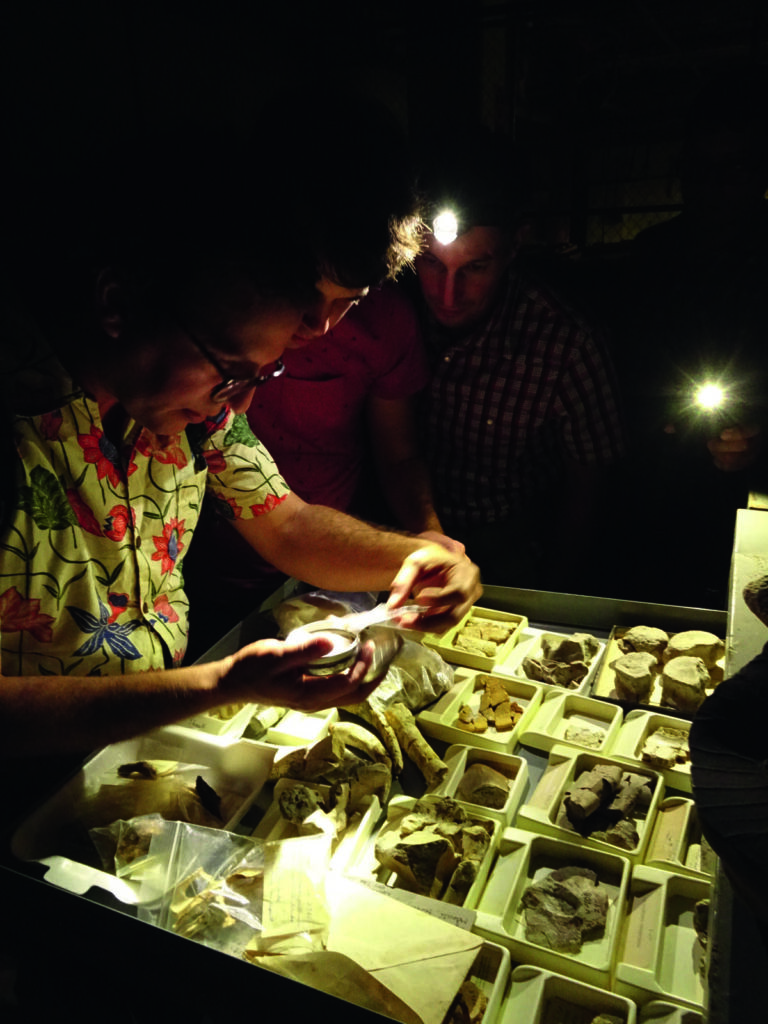
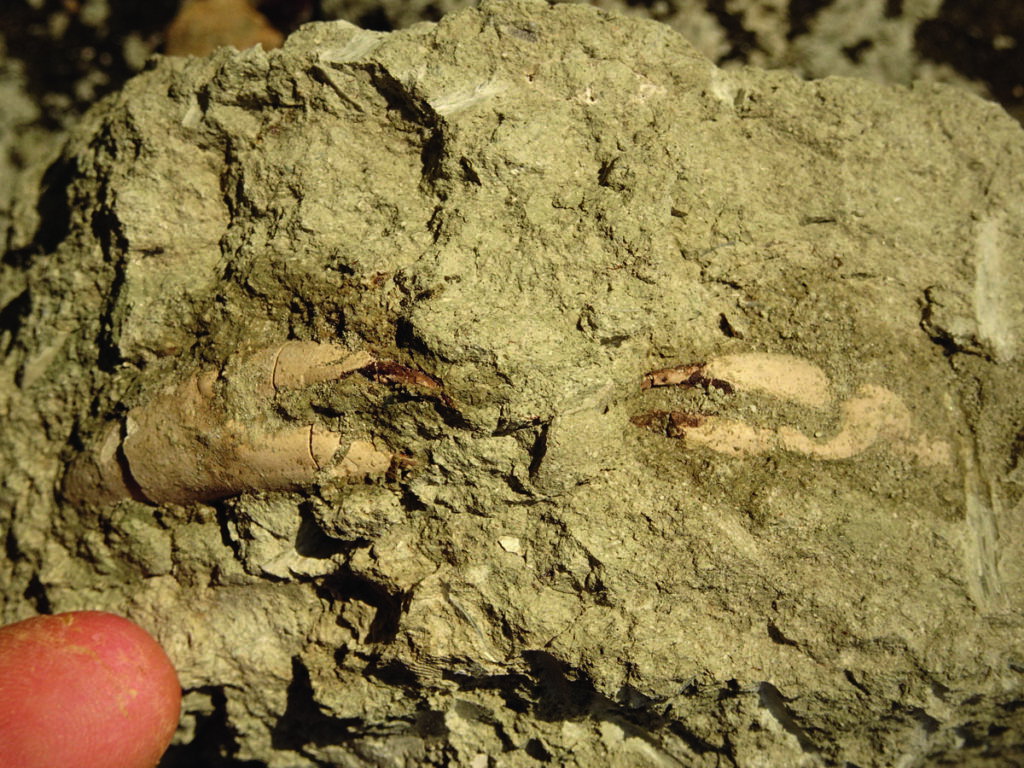
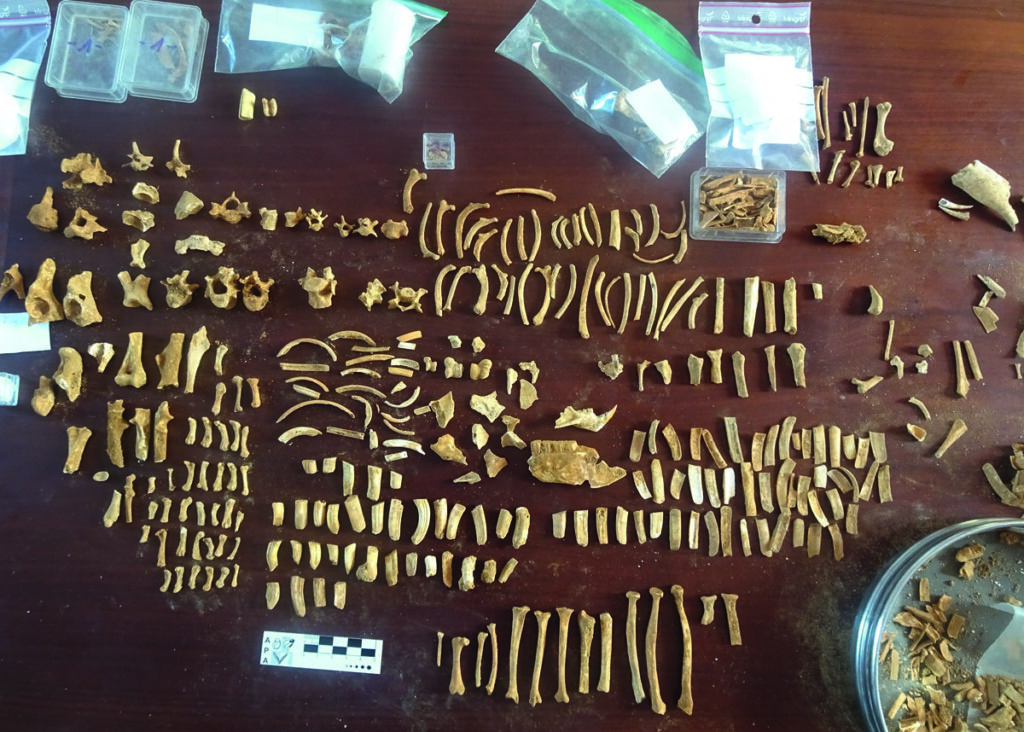
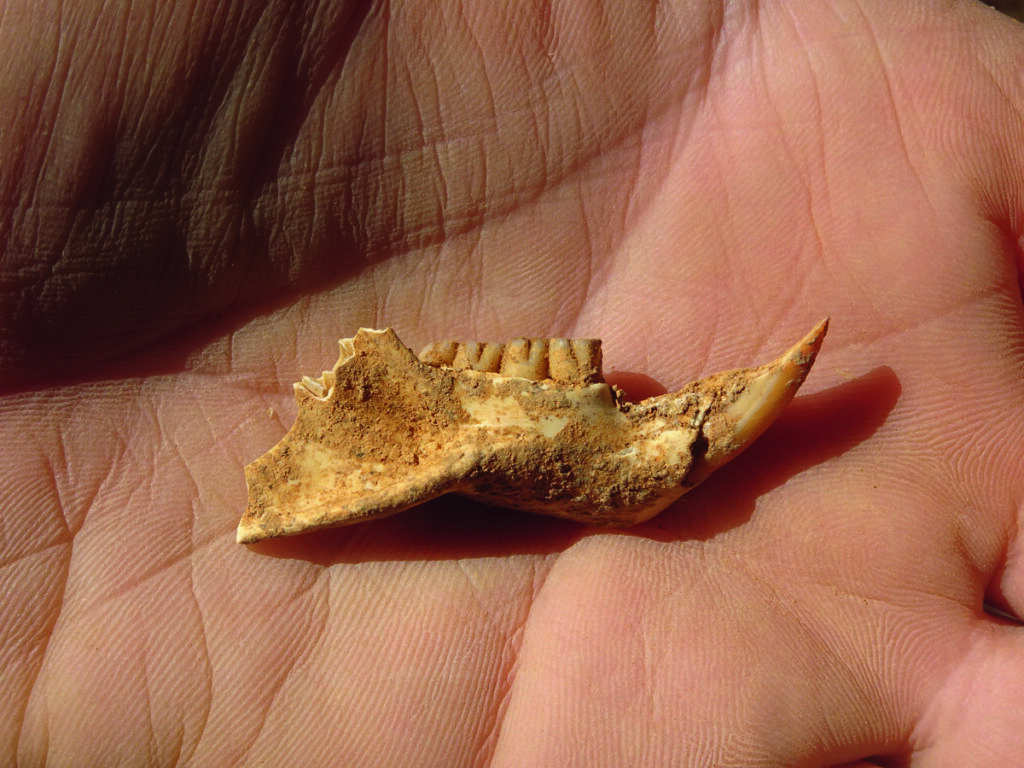
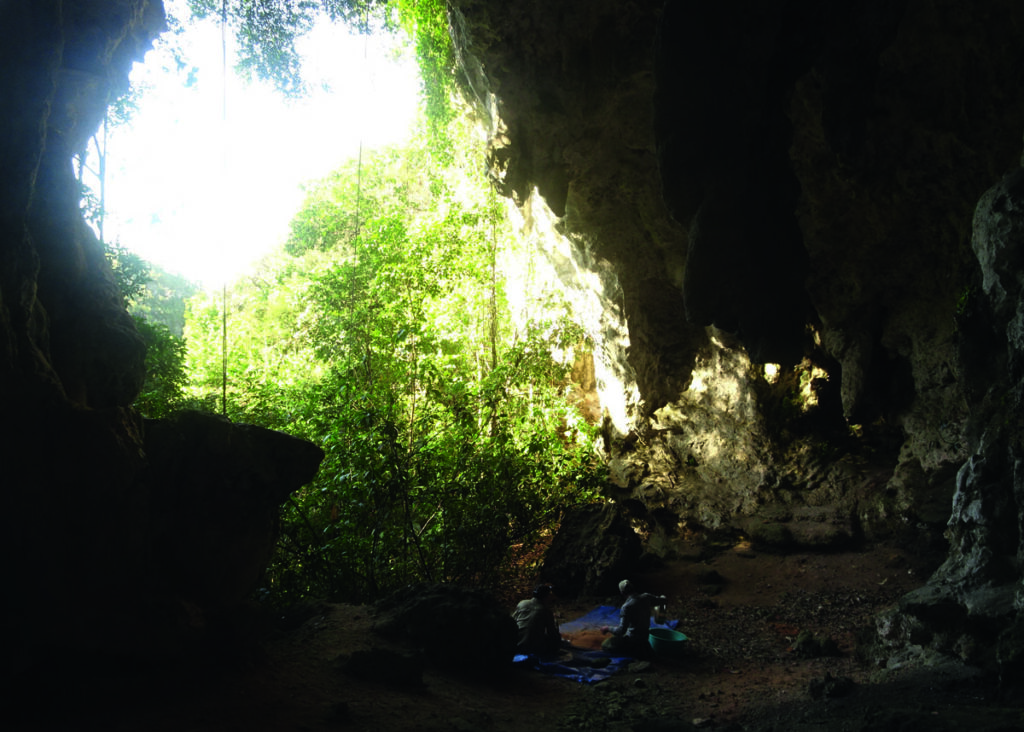
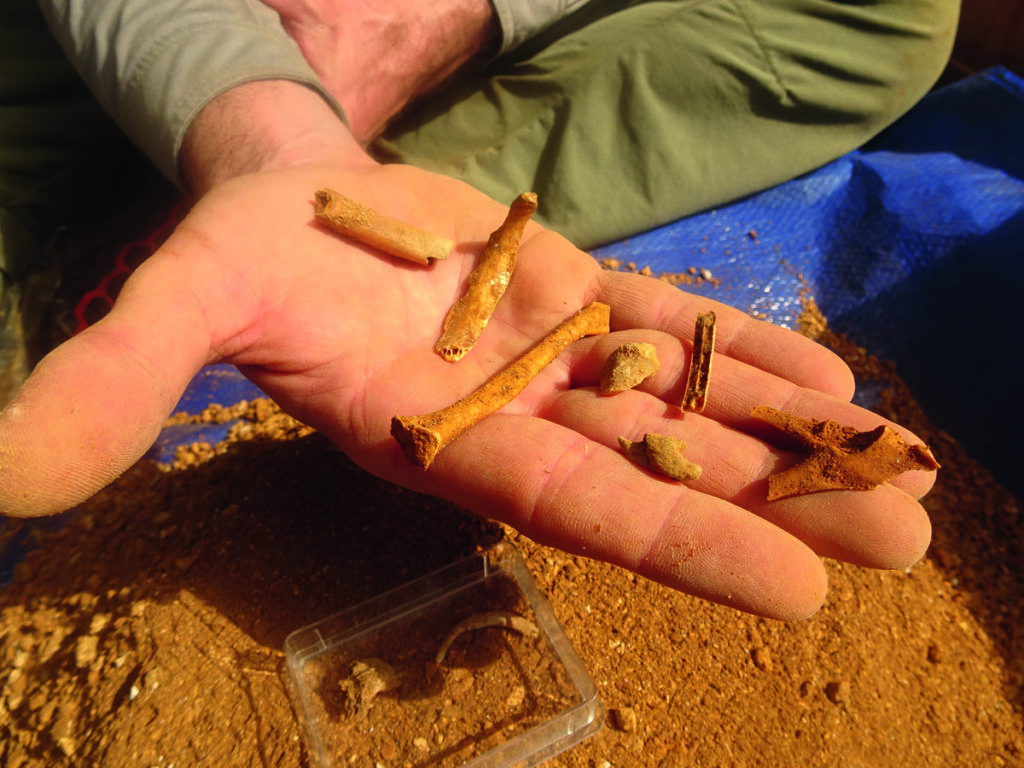
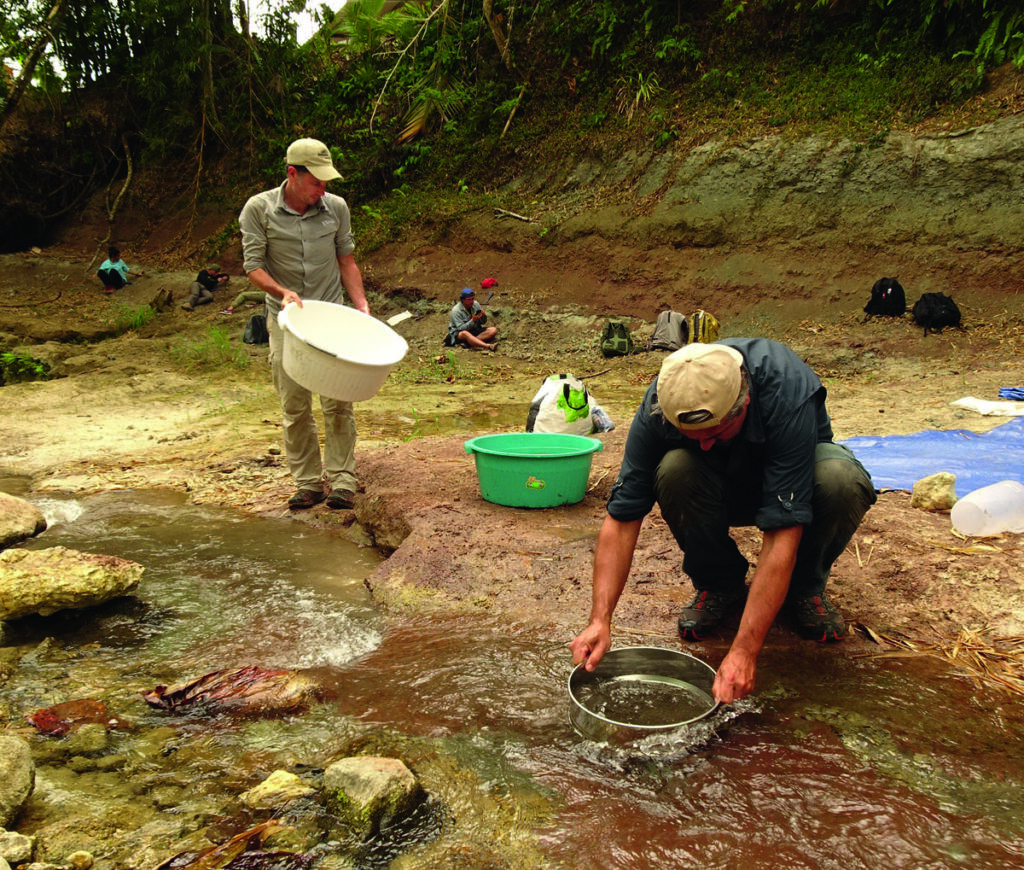
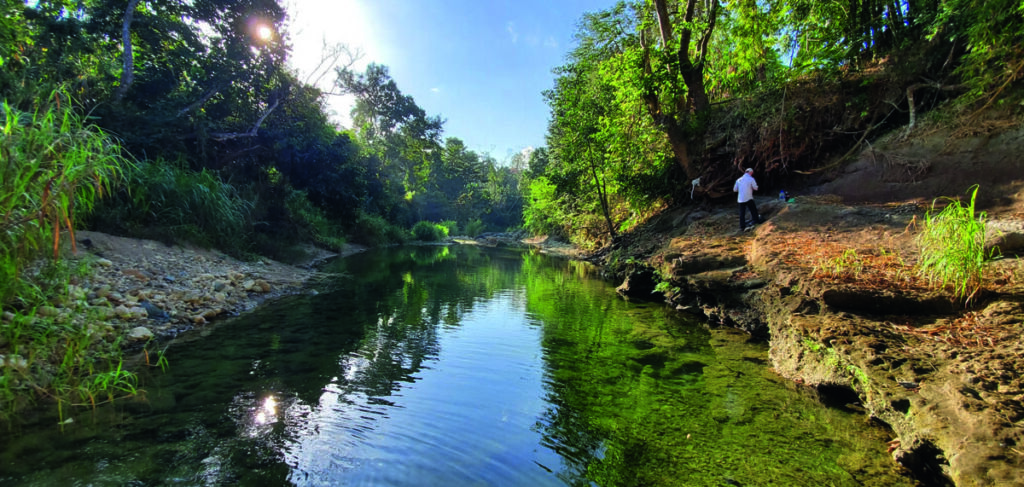
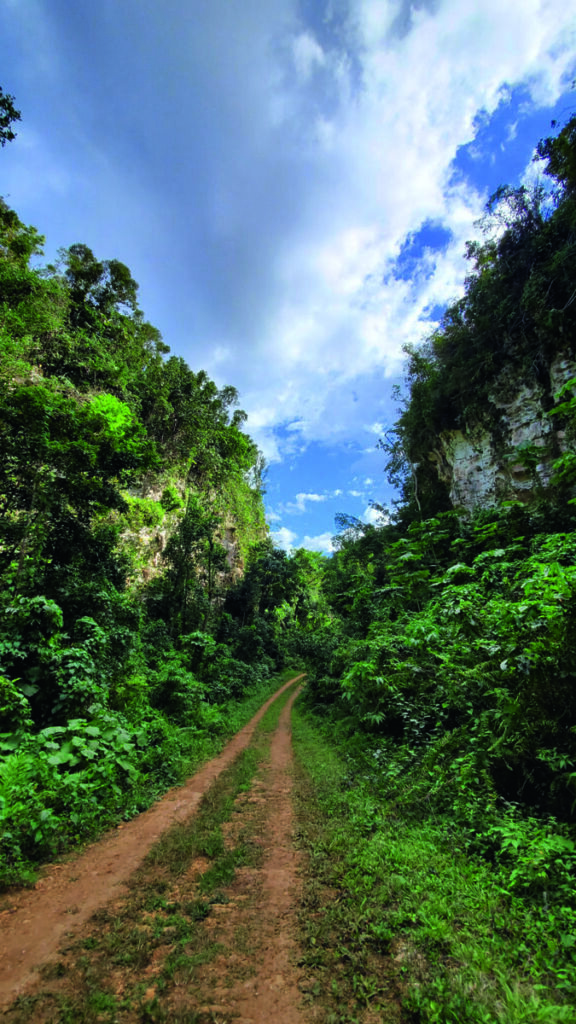
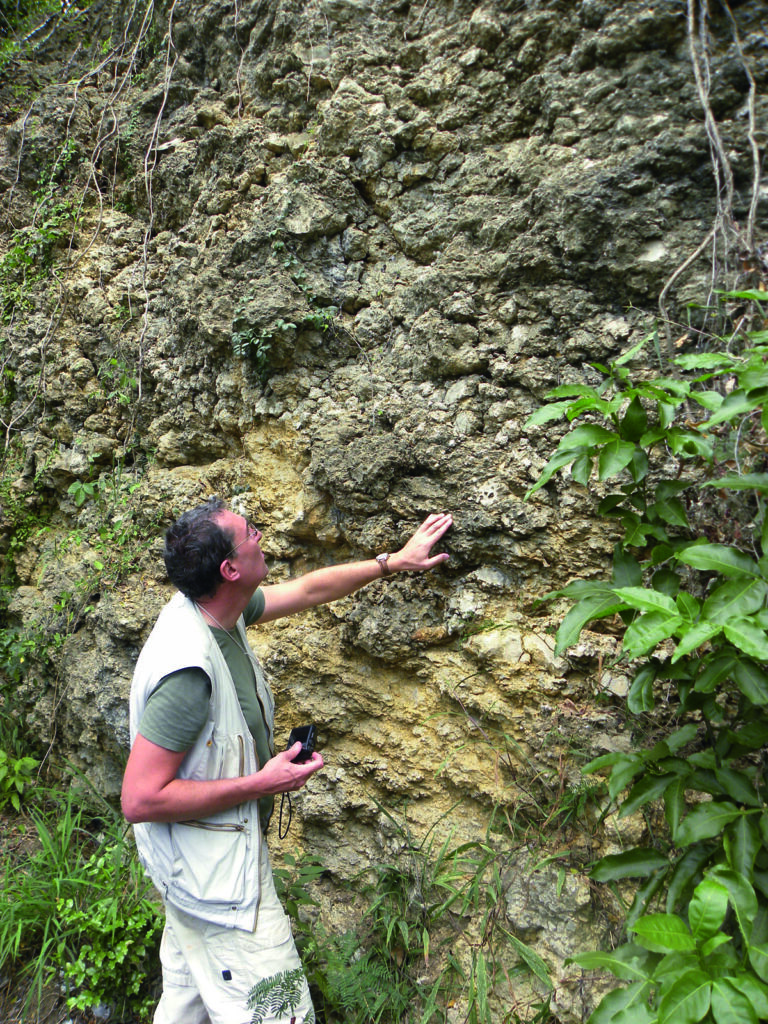
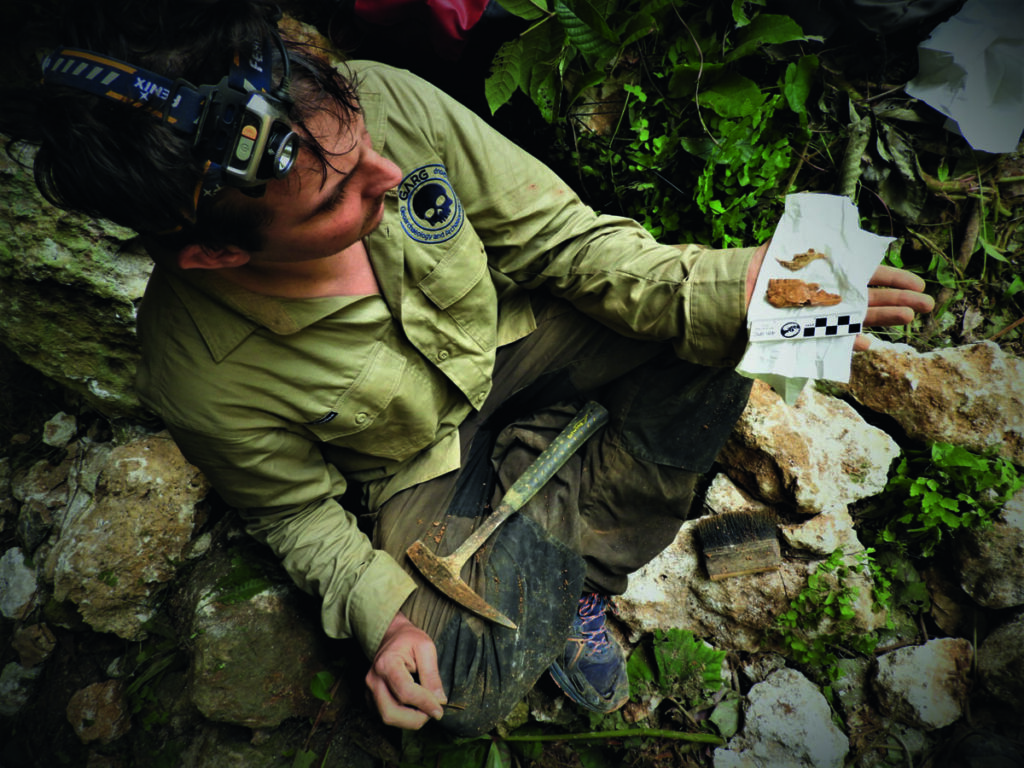
Find UM podcasts now available on your favorite platform (Spotify, Deezer, Apple Podcasts, Amazon Music, etc.).
*Isem (UM – CNRS – IRD – EPHE)
**Géosciences Montpellier
(UM – CNRS – Université des Antilles) Marivaux, L., Vélez-Juarbe, J., Merzeraud, G., Pujos, F., Viñola López, L. W., Boivin, M., Santos-Mercado, H., Cruz, E. J., Grajales, A., Padilla, J., Vélez-Rosado, K. I., Philippon, M., Léticée, J.-L., Münch, P., & Antoine, P.-O. (2020). Early Oligocene chinchilloid caviomorphs from Puerto Rico and the initial rodent colonization of the West Indies. Proceedings of the Royal Society B.